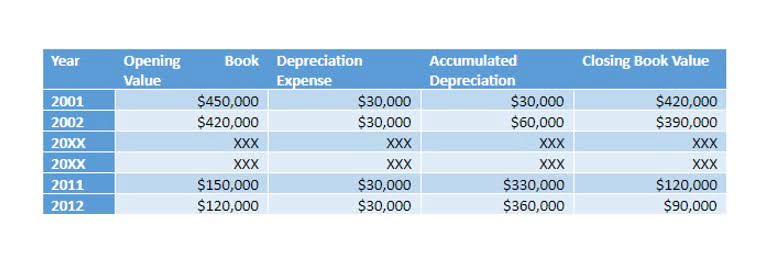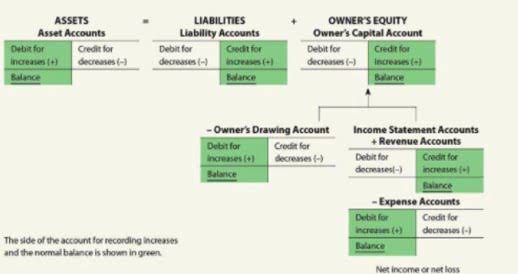
The opposite of accounts receivable is deferred revenue, i.e. “unearned” revenue, which represents cash payments collected from customers for products or services not yet provided. But under accrual accounting, an upfront cash payment cannot be recognized as revenue just yet – instead, it’s recognized as deferred revenue on the balance sheet until the obligation is delivered. For obligations satisfied over bookkeeping time, GAAP requires measuring progress toward completion using methods like the input or output method. The input method may track costs incurred relative to total expected costs, while the output method could measure units delivered or milestones achieved. A construction company might use the input method, recognizing revenue as costs are incurred, reflecting the ongoing transfer of control to the customer. Significant financing components, where payment timing differs from delivery, require adjusting the transaction price for the time value of money.
ASC 606 Revenue Recognition: 5-Step Model
Implementing the Revenue Recognition Principle offers numerous advantages that enhance the quality and reliability of financial statements. He has extensive knowledge of ASC 606 revenue recognition regulations and criteria and more than ten years of expertise in GL accounting, with a strong emphasis on revenue recognition. The five-step revenue recognition model set forth by ASC 606 is as Record Keeping for Small Business follows.
Industry-Specific Issues
A performance obligation refers to the goods or services that a company has agreed to provide to its customer. A revenue recognition principle company must identify each distinct performance obligation in the contract and determine whether they should be accounted for as separate or combined obligations. Where payments are received before goods and/or services are transferred, a company recognizes the receipt of cash by debiting cash and cash equivalents and crediting unearned revenue. However, if goods or services are transferred before payment is received, the company recognizes accounts receivable and credits revenue. For most CFOs and accountants, Generally Accepted Accounting Principles (GAAP) are like the holy grail of accounting—mastered and internalized over years of heavy usage and application. So, it doesn’t take much for them to grasp the idea that these principles, in fact, complement, guide, and work perfectly in tandem with revenue recognition standards like ASC 606 and IFRS 15.
- The percentage of completion method recognizes revenue based on the percentage of the contract that has been completed.
- Each component must be analyzed to identify distinct performance obligations, allocate the transaction price, and recognize revenue when obligations are fulfilled.
- For example, a retailer that sells products to customers at a physical store would use the point of sale method to recognize revenue.
- The revenue is referred to as “realized” when goods are sold or services are provided in exchange for cash or claims to cash (i.e., accounts receivable).
Identify the contract

Under this principle, revenue is recognized by the seller when it is earned irrespective of whether cash from the transaction has been received or not. Accurately recognizing revenue is crucial for businesses, as it directly influences financial statements and investor perceptions. Revenue recognition determines when a company can record sales in its accounts, impacting reported earnings and overall financial health. Revenue recognition under GAAP depends on satisfying performance obligations, with revenue recognized when control of goods or services transfers to the customer. This transfer can occur at a specific point in time or over a period, depending on the obligation’s nature. For obligations satisfied at a point in time, revenue is recognized when the customer gains control, as evidenced by factors like legal title, physical possession, or acceptance.

The completed contract method recognizes revenue when a contract is completed, and the risks and rewards of ownership transfer to the customer. This method is used for long-term contracts where revenue recognition can’t be reliably estimated until the contract is completed. The point of sale method recognizes revenue at the time of sale, regardless of when the payment is received. This method is used when the risks and rewards of ownership transfer to the customer at the point of sale. Understanding the Revenue Recognition Principle is essential for both accounting professionals and business stakeholders.

Overall, the “matching” of expenses to revenues projects a more accurate representation of company financials. When this matching is not possible, then the expenses will be treated as period costs. As we mentioned, in practice, the process of recognizing revenue can vary depending on the nature of a company’s business operations. For example, companies dealing with products may use a sales model where revenues would be recorded after goods have been shipped to customers. In most cases for SaaS, revenue from contracts is recognized over a period of time, not at a specific point in time. This is because, as mentioned above, most SaaS performance obligations are satisfied over time.


Revenue is typically recognized when a critical event has occurred, when a product or service has been delivered to a customer, and the dollar amount is easily measurable to the company. Recent updates, such as ASC 606 and IFRS 15, have standardized the revenue recognition process across industries by introducing a five-step model. These changes aim to enhance comparability and transparency in financial statements globally. Industries like construction or custom manufacturing often involve long-term contracts that span months or years. In these cases, revenue is recognized over time based on the progress toward completion, often measured as a percentage of work completed or costs incurred relative to the total project budget.
- The allocation is typically done based on the standalone selling price, which is the price the company would charge for the good or service if it were sold separately.
- This offers an accurate view of performance and financial advancement on long projects.
- For e-commerce and retail companies, revenue is generally recognized when the customer receives the product and gains control of it.
- The company accepted the prepayment of its monthly fee of Rs.300 in advance for a full year.
- The result is a high degree of variability in the amount of income taxes owed from one reporting period to the next.
Contractors PLC received $2 million mobilization advance at the commencement of the project. This step involves identifying the products or services that are transacted. Every agreement will revolve round some specific product or service that the parties will deal with in the process.

Commentaires récents